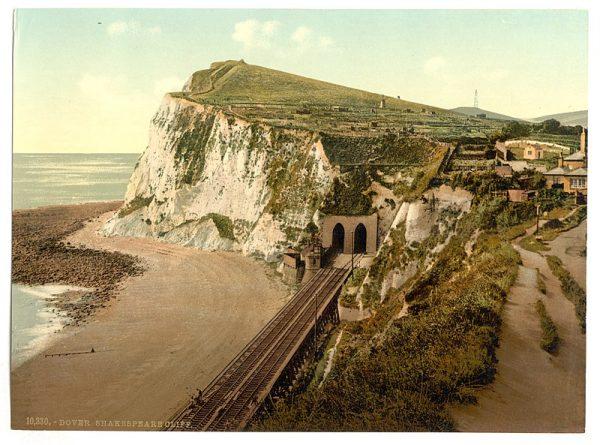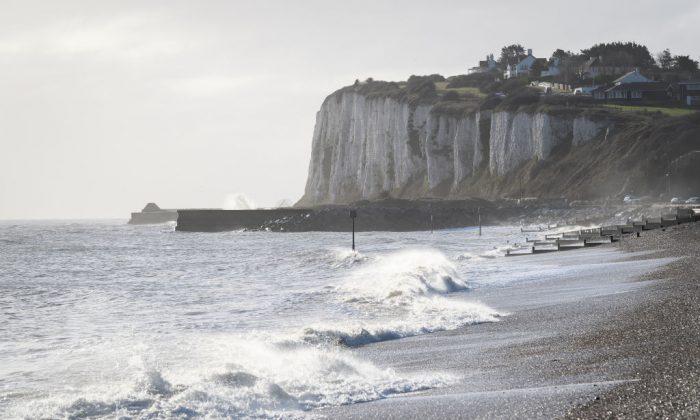Police have issued a warning after tourists persisted in dangling their legs over a popular cliff’s edge in the United Kingdom.
It’s not the first warning from police, according to reports.
Tourists try to take photos of themselves with their legs hanging over the 500-foot Beachy Head cliff along the Sussex Coast. They have to go over a fence that its intended to keep people away from the area.
“We were having a lovely day at Beachy Head yesterday until we saw this!! PLEASE don’t sit on the edge of the cliff top it is incredibly dangerous. You don’t know what you are sitting over," wrote the National Police Air Service (NPAS).
They added that “people were in a fenced off section of cliff top.”
Officials with the NPAS were apparently flying over the cliff when they took the photo.
If it breaks away, those unlucky tourists would drop 531 feet into the abyss below, the report said.
According to the Dover Museum, the first recorded description of the White Cliffs of Dover, of which Beachy Head belongs, is from Roman leader Julius Caesar.
Caesar allegedly “saw the enemy’s forces, armed, in position on all the hills there. At that point steep cliffs came down close to the sea in such a way that it is possible to hurl weapons from them right down to the shore. It seemed to me that the place was altogether unsuitable for landing,” according to the website.
“Caesar and his army instead landed just along the coast in Deal and a year later a full-scale invasion followed. In order for the Roman ships to navigate more easily, two lighthouses, Pharos, were built on top of the cliffs. One is on the east cliff and stands adjacent to the church of St. Mary, in Dover Castle and is today in an excellent state of preservation. A second Pharos was built on the Western Heights,” the website says.
Beachy Head is the tallest chalk cliff in Britain.

“There is cliff, whose high and bending head looks fearfully in the confined deep: Bring me to the very brim of it,” it reads.
One of the characters, Edgar fools the blinded Earl of Gloucester that he’s at the cliff edge and talks about the scene. “Here’s the place! - stand still - how fearful/ And dizzy ’tis, to cast one’s eye so low ... half way down/Hangs one that gathers samphire: dreadful trade!/Methinks he seems no bigger than his head.”
A number of other poets and writers have made reference to the White Cliffs over the centuries.






Friends Read Free